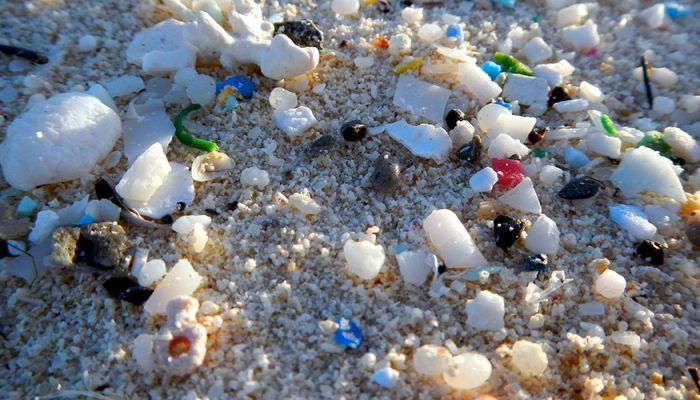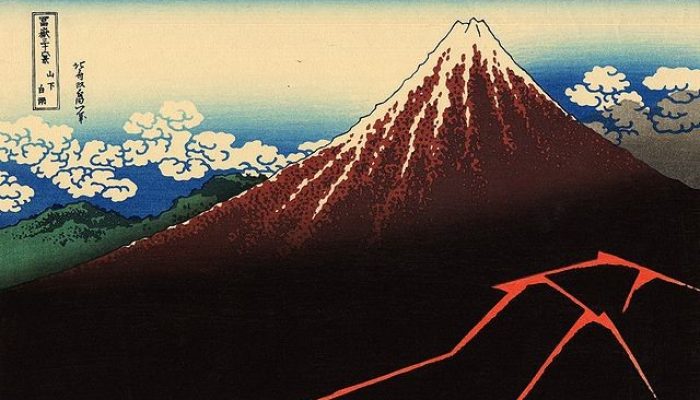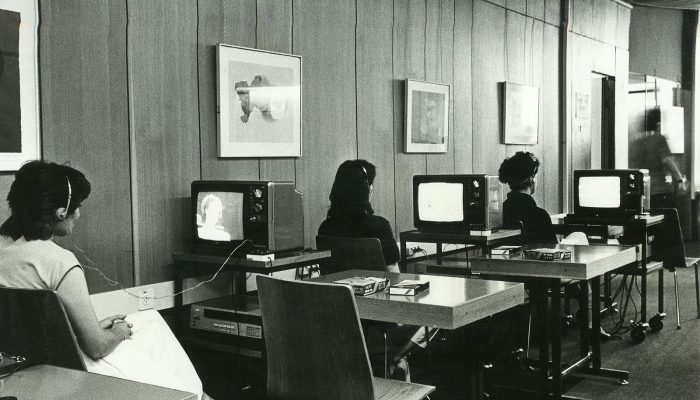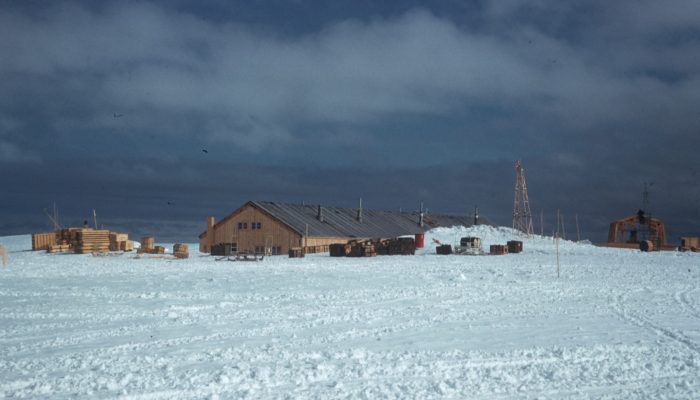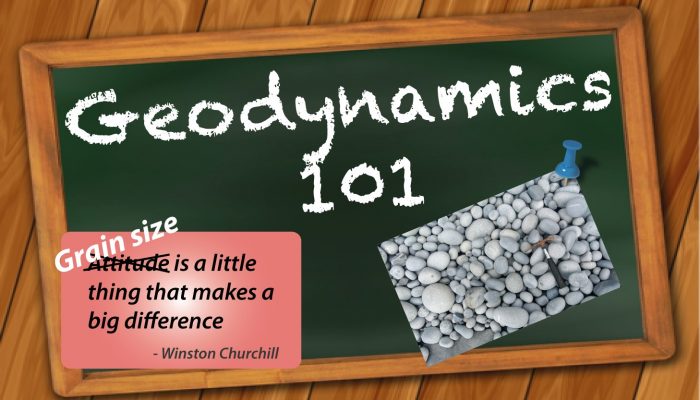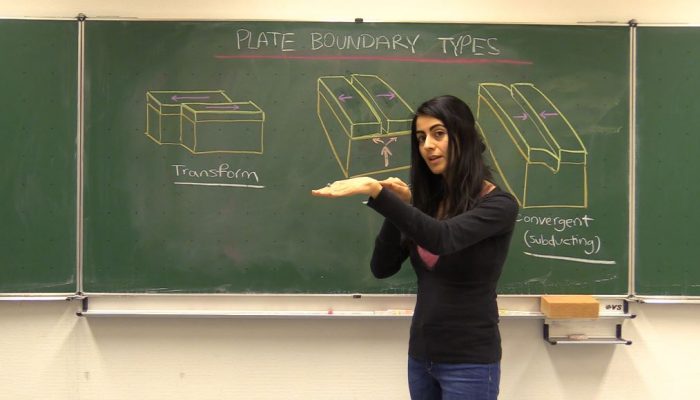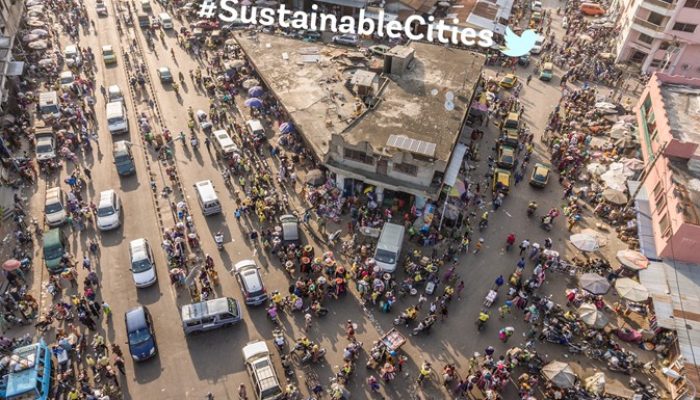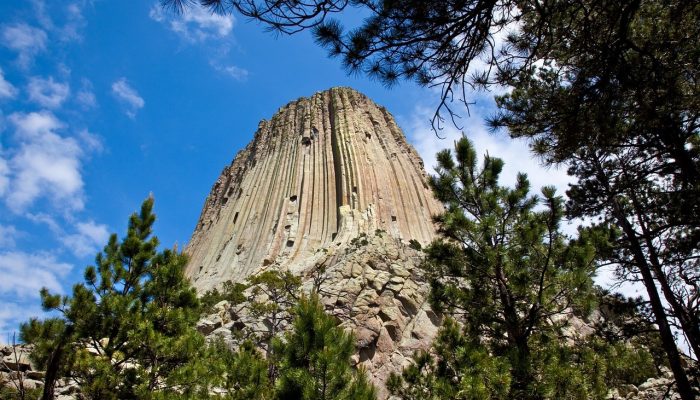Anyone lucky enough to catch any of the BBC’s recent new series Blue Planet II will have noticed that each episode devotes a portion of the time to the impact humans have on the oceans. A breathtaking series of shots from a recent episode detailed the heart-wrenching demise of a baby whale, possibly poisoned by its mother’s milk due to toxins from plastic pollution. Vast quantities of plastic now ...[Read More]
If you didn't find what you was looking for try searching again.
GeoLog
GeoSciences Column: Don’t throw out that diary – medieval journals reveal the secret of lightning
When 17th century Japanese princess Shinanomiya Tsuneko took note of an afternoon storm in her diary one humid Kyoto summer, she could not have imagined her observations would one day help resolve a longstanding scientific conundrum. Statistical analysis of her journals has revealed a link between lightning strikes and the solar wind – proving that your teenage diary could contain good scien ...[Read More]
GeoLog
EGU 2018: Registration open
The EGU General Assembly brings together geoscientists from all over the world to one meeting that covers all disciplines of the Earth, planetary and space sciences. The conference is taking place in Vienna on 8–13 April 2018, providing an opportunity for both established scientists and early career researchers to present their work and discuss their ideas with experts in all fields of the geoscie ...[Read More]
Geodynamics
Conferences – so near and yet so far
Attending conferences is expensive and time consuming, so going to all the conferences relevant for your research topic(s) is an impossible mission. One solution might be to attend (parts of) conferences remotely. Suzanne Atkins, postdoc at ETH Zürich, Switzerland, discusses the pros and cons of remote conferencing. Last month the Geological Society of London live-streamed their celebration of 50 ...[Read More]
Cryospheric Sciences
Image of the Week – Antarctica Day
Today, 1st December 2017, marks the 58th anniversary of the signing of the Antarctic Treaty in 1959. The Antarctic Treaty was motivated by international collaboration in Antarctica in the International Geophysical Year (IGY), 1957-1958. During the IGY over 50 new bases were established in and around Antarctica by 12 nations- including this one at Halley Bay which was maintained for over a decade b ...[Read More]
Geodynamics
On the influence of grain size in numerical modelling
The Geodynamics 101 series serves to showcase the diversity of research topics and methods in the geodynamics community in an understandable manner. We welcome all researchers – PhD students to Professors – to introduce their area of expertise in a lighthearted, entertaining manner and touch upon some of the outstanding questions and problems related to their fields. This month Juliane Dannberg fr ...[Read More]
GeoLog
GeoTalk: How an EGU Public Engagement Grant contributed to video lessons on earthquake education
Did you know that the EGU has a public engagement grant scheme which, annually, awards two EGU members with 1000€ to help them develop an outreach project? The 2018 call for applications is currently open. In this GeoTalk interview, Laura Roberts talks to Solmaz Mohadjer, a winner of the first EGU Public Engagement Grants competition in 2016. If you are considering applying, then read on for tips ...[Read More]
Geology for Global Development
Jesse Zondervan’s #GfGDPicks (Nov 2017): How did people in ancient times fare during climate changes? Should we use geoengineering? #SciComm
Each month, Jesse Zondervan picks his favourite posts from geoscience and development blogs/news, relevant to the work and interests of Geology for Global Development . Here’s a round-up of Jesse’s selections for the past month: How successful were people in the Neolithic and ancient times in adapting to climate change? Two contrasting stories emerged this month: A new study from Past Global Chan ...[Read More]
Geology for Global Development
Robert Emberson: Geomythology – Why understanding cultural traditions of landscape are important for sustainable development
Every culture has myths and legends about their native lands. Before we understood the geological forces that forced up great ranges of mountains or sculpted barren deserts, humans needed an explanation for the scale and majesty of natural phenomena. Stories of deities inhabiting volcanoes, or angry gods shaking the very ground upon which people lived, helped people make sense of disasters when te ...[Read More]
Solar-Terrestrial Sciences
EGU for Early Career Scientists
Are you a student, or have obtained a MSc or PhD degree within the past 7 years? If yes, you are an Early Career Scientist! In the EGU we take great care of the young scientists, and offer a wide range of opportunities, mostly associated with the General Assembly. My name is Jone Peter Reistad and I am the Early Career Scientist (ECS) representative in the Solar-Terrestrial division. My role is to ...[Read More]

